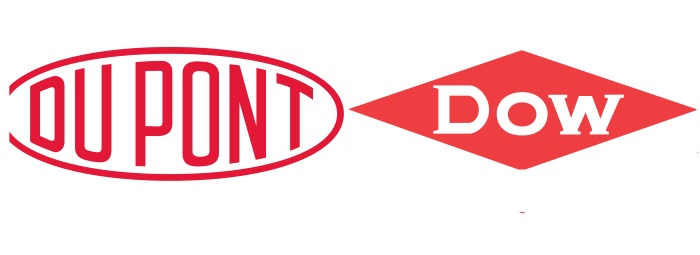DuPont and The Dow Chemical Company have announced that China’s Ministry of Commerce (MOFCOM) has granted conditional regulatory approval of their proposed merger of equals.
MOFCOM’s approval is conditional on DuPont and Dow fulfilling commitments given to MOFCOM in connection with the clearance. This approval continues the progress that the companies have made to secure regulatory clearances around the world for their procompetitive merger, which will drive innovation and competition.
Specifically, and consistent with commitments already made to obtain the European Commission’s regulatory approval for the proposed merger of equals, Dow and DuPont will divest certain parts of DuPont’s crop protection portfolio and research and development pipeline and organization and Dow’s global Ethylene Acrylic Acid copolymers and ionomers business.
In addition, Dow and DuPont have made commitments related to the supply and distribution in China of certain herbicide and insecticide ingredients and formulations for rice crops for five years after the closing of the proposed merger of equals.
China is a critical market for both Dow and DuPont and will be for the three intended independent companies that will be created following the merger. The intended three-way separation is expected to unlock significant value for all stakeholders as each company will be a growth-oriented leader in attractive segments where global challenges are generating strong demand for their distinctive offerings.
Dow and DuPont continue to work constructively with regulators in the remaining relevant jurisdictions to obtain clearance for the merger, which they are confident will be achieved. On March 27, the European Commission conditionally approved the merger. The companies reaffirm their expectation for closing of the merger to occur between August 1, 2017 and September 1, 2017, with the intended spin-offs to occur within 18 months of closing. The companies expect that the first step of the intended separation process will be the spin-off of the Materials Science Company, assuming such sequencing would allow for the completion of all intended spin-offs within 18 months of merger closing and would not adversely impact the value of the intended spin-offs.




